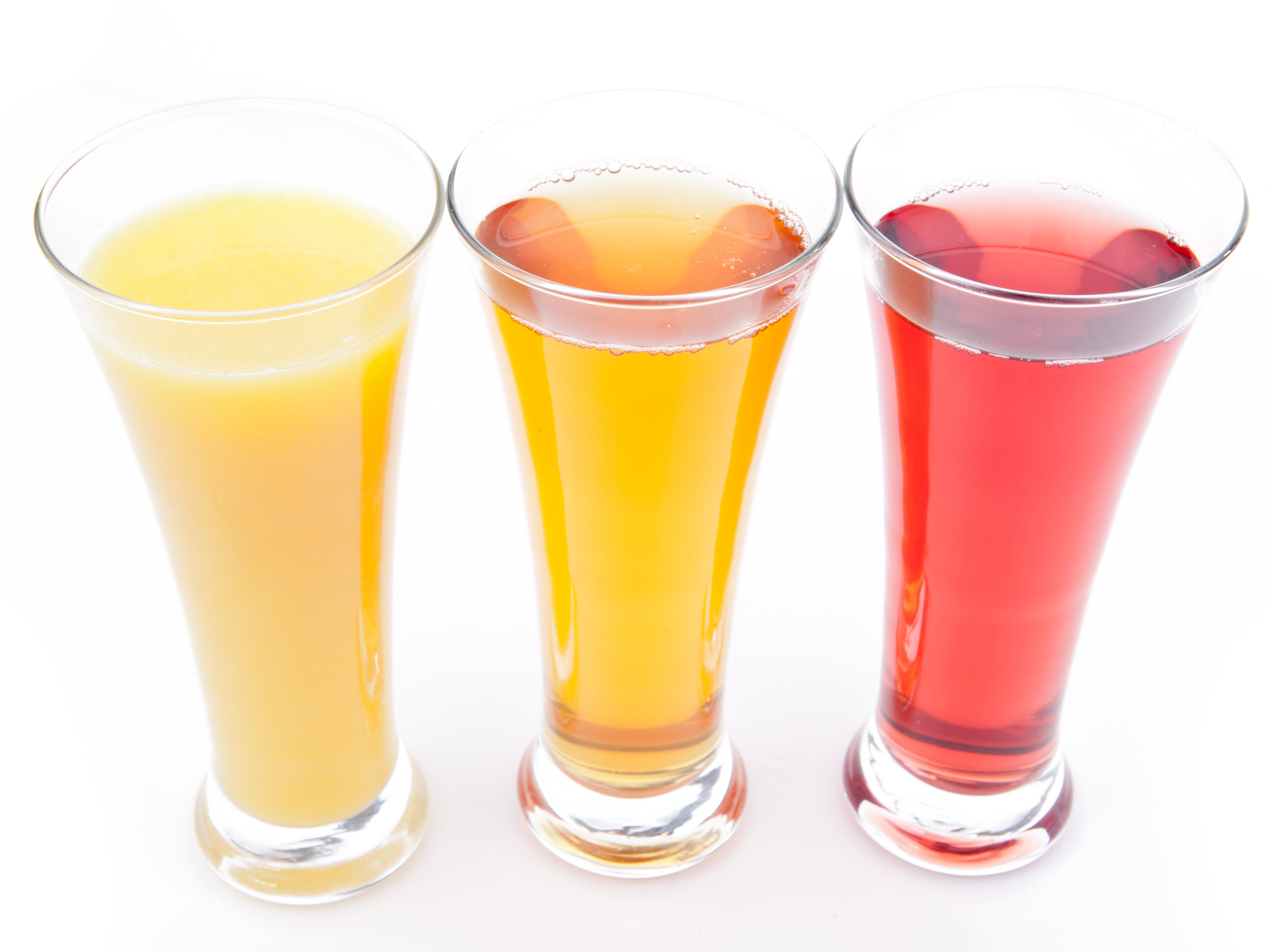Get Easy Health Digest™ in your inbox and don’t miss a thing when you subscribe today. Plus, get the free bonus report, Mother Nature’s Tips, Tricks and Remedies for Cholesterol, Blood Pressure & Blood Sugar as my way of saying welcome to the community!
3 drinks that energize without the jitters

Do you ever have one of those days where you’re completely drained for no apparent reason?
You feel like a car with a dead battery that’s in desperate need of a jump-start. And it’s tempting to reach for something — anything — that will get your engine revving again.
For you, maybe that’s a cup of coffee. But for a lot of people nowadays, it’s an energy drink.
The unfortunate thing is, most of the energy drinks on grocery store shelves are terrible for your health. Dr. Mark Wiley will concur that energy drinks should never cross your lips…
They’re chock-full of sugar and caffeine—quick-fix sources of energy that eventually cause you to crash and burn. They can even permanently damage your teeth!
There has to be a better way to feel fresh and energized again… and there is. In fact, there are plenty of all-natural energy-drink alternatives you can turn to when your energy levels are at their lowest…
Yerba mate
Yerba mate contains its fair share of caffeine. But it’s best-known for its ability to give you the energy you need without the jittery, heart-racing side-effects you experience with a cup of coffee. That’s because it contains a unique combination of stimulants. Not only does it contain caffeine, but it contains theophylline (often found in tea) and theobromine (the primary stimulant in chocolate). Somehow these three stimulants work together to give you an energy boost, while still warding off the coffee-jitters. At least that’s what scientists suspect. But what’s even better about a glass of mate is that it contains B-vitamins, iron, vitamin C and potassium — all of which enhance your health and your energy levels too.
Kombucha
Some say kombucha is the original energy drink. That’s because it’s been around for thousands of years and it has a well-documented ability to put a bit of pep in your step. Kombucha’s energy-boosting powers come from its high content of vitamins and nutrients… like B-vitamins, iron and amino acids.
These nutrients give your body an immediate shot of energy. But kombucha is also good for improving your energy levels over the long-term. That’s because it contains all of those healthful nutrients plus a whopping dose of probiotics that improve your gut health. And as you probably know by now, good gut health is the key to good overall health.
If you’re shopping for kombucha, try to avoid bottled varieties with a lot of added juices and sweeteners. Excess sugar is a surefire way to weigh yourself down energy-wise. You can make kombucha at home, but it’s a little complicated. I consider this health tonic you can make for pennies kombucha’s less complicated — but effective — cousin.
Chlorophyll
Chlorophyll is what gives plants their energy, and it can work for you too. The reason chlorophyll boosts your energy levels is because it contains live enzymes that help your body replenish red blood cells and carry more oxygen in your blood… which means more oxygen is being delivered to important organs, like your brain, too. It’s also filled with antioxidants that protect you from oxidative damage. And a body that’s not weighed down fighting off toxins is going to feel lighter and peppier. Chlorophyll is an alkalizing food, and we know those promote wellness. You can buy liquid chlorophyll or chlorophyll packets at your local health food store. Powdered chlorella is an excellent source too. All you need to do is add them to some water or a smoothie and you’ve got a natural energy-boosting beverage. Or, better yet, you can make a smoothie with green, leafy vegetables — the best natural source of chlorophyll.
If you try one or more of these natural energy drinks, you’re sure to feel more energetic and vibrant than you have in years. And, this may seem like common sense, but if you’re still feeling sluggish and drained, make sure you’re drinking enough of the cheapest and healthiest energy drink out there — water!
Sources:
-
I. Heck, E.G. De Mejia. “Yerba Mate Tea (Ilex paraguariensis): A Comprehensive Review on Chemistry, Health Implications, and Technological Considerations.” Journal of Food Science. v 72, i 9. November/December 2007, p. R138–R151.
-
“Caffeine, But Without The Jitters.” Sun Sentinel. http://articles.sun-sentinel.com. Retrieved August 1, 2016.
-
Tietze, Harald. Kombucha: The Miracle Fungus. Australia: Phree Books, 1996.
-
“How to Make Kombucha Tea at Home.” Kitchn. http://www.thekitchn.com. Retrieved August 1, 2016.
-
Balch, Phyllis A. Prescription for Nutritional Healing. New York, NY: Penguin Group, 2006.
-
Bewicke, Dhyana and Beverly Potter. Chlorella: The Emerald Food. Berkley, CA: Ronin Publishing, 1984.












